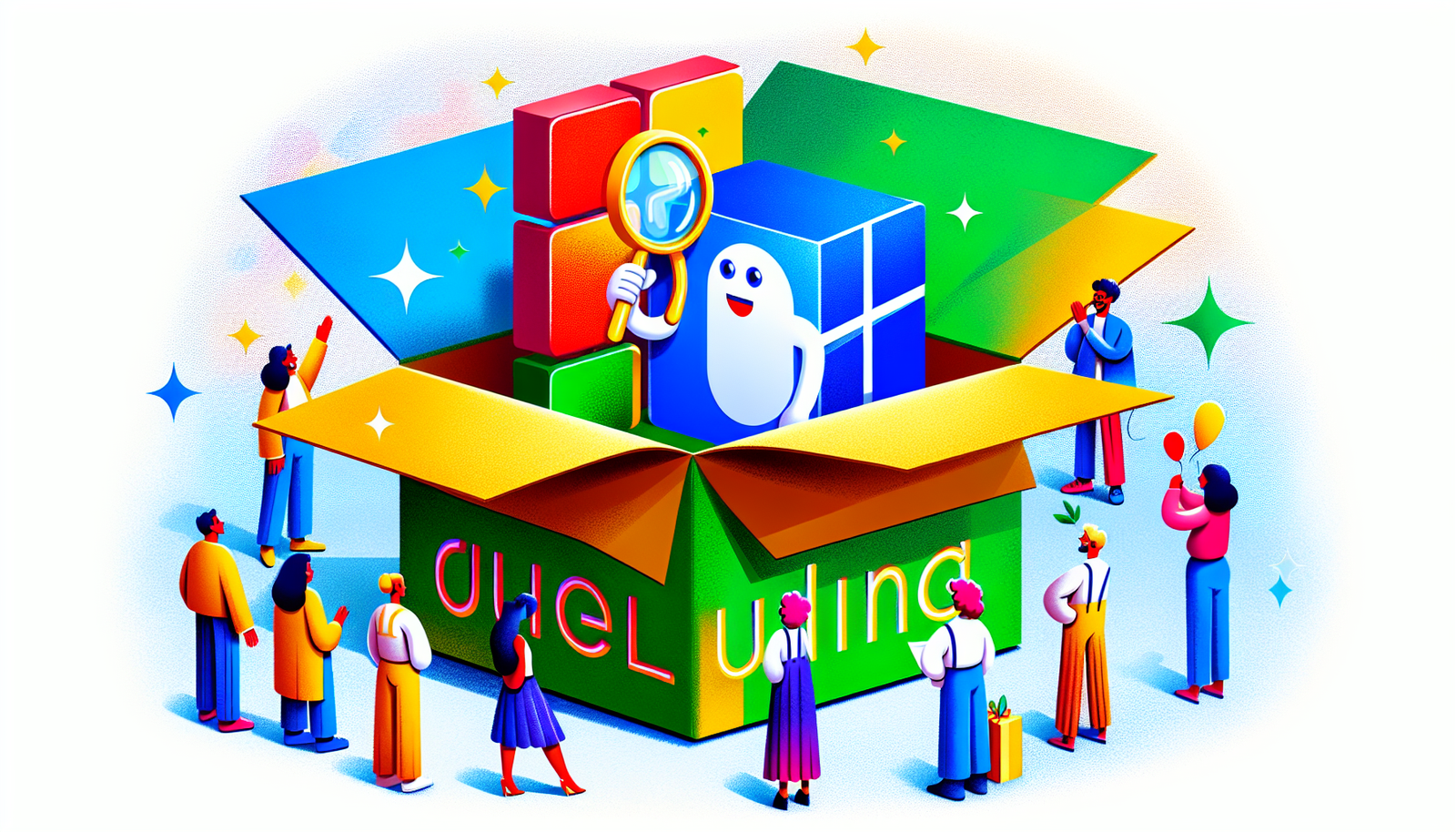Google’s Experimental Windows App Outshines Microsoft’s Built-in Search
Google has officially launched its experimental search app for Windows, allowing users to search the web, Google Drive, and local files seamlessly. Although Google offers several desktop applications, this marks a significant development for its flagship service.
The app, available exclusively for personal Google accounts and currently limited to the U.S. and English users, boasts a simplified interface to enhance the search experience. By pressing Alt+Space (or a user-defined shortcut), users can summon a floating search bar to quickly enter queries. This approach not only streamlines web searches but also integrates localized knowledge, ensuring users can access information without completing their queries.
Microsoft’s built-in Windows search has faced criticism for its inefficiency, and early feedback suggests that Google’s app delivers a markedly enhanced experience. The app can efficiently retrieve both local documents and files stored in Google Drive in a unified interface, catering to user preferences for either or both sources of information. Additionally, the inclusion of Google Lens enables quick image searches or translations using items directly from the screen.
While the app defaults to a conventional search results page, users can switch to an AI Mode via settings to leverage Google’s AI capabilities. This flexibility allows users to decide how to interact with the search functionality without cluttering their browser tabs or desktop.
Once satisfied with their searches or queries, users can easily dismiss the search bar using Alt+Space or the Esc key. The interface is adjustable, though users note that even at its minimized size, the bar remains relatively large.
Running on both Windows 10 and Windows 11, those interested need to opt into Google’s Search Labs to access the application. Despite its experimental nature and possible bugs, user graphics show promise for performance, reinforcing Google’s reputation in AI and user interface design.
In an era where search efficiency is paramount, this new offering positions Google as a strong contender against Microsoft’s tools, potentially reshaping how users engage with their digital environments.

